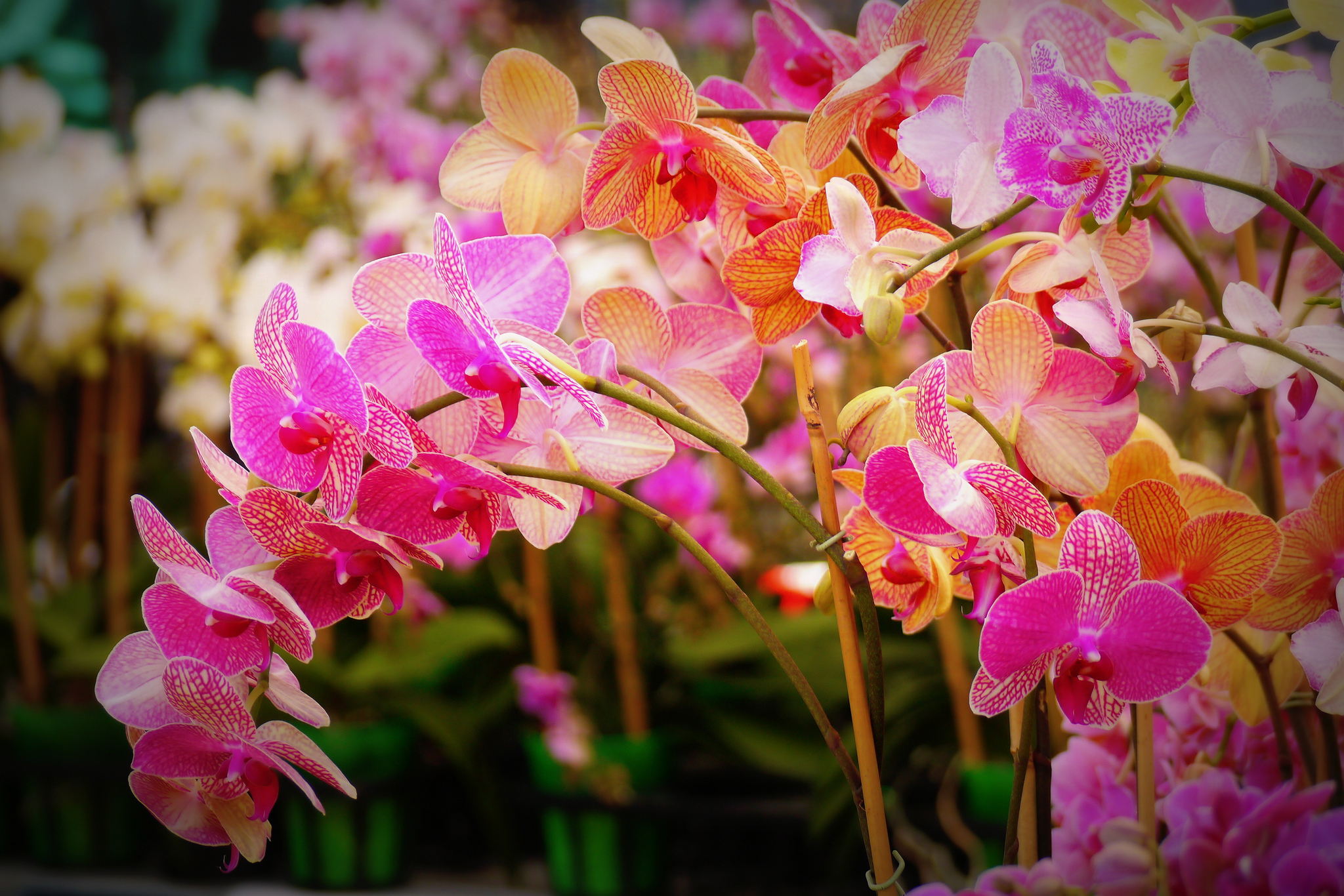
It’s that time of year when many of us will buy flowers for those we love. After all, what’s more quintessentially romantic than a bouquet of red roses? But what it takes for those roses to get to the refrigerated case of your local florist is decidedly less romantic.
Most roses imported to the U.S. are grown in South America, where their enormous demand necessitates less-than-ideal growing conditions. Rose bushes are doused in chemicals – some of which are not even approved for use in the U.S. – to prevent the plants from becoming diseased. This is not only detrimental to the environment, but also to the workers, who suffer health consequences.
And that’s only the beginning – roses must be stored in refrigerated warehouses, transported in refrigerated trucks, and flown thousands of miles via cargo plane – not exactly eco-friendly. And it’s not just roses. Because there are no ‘in-season’ flowers in the Northeast in February, most flowers go through a similarly unsustainable journey before they hit our shelves.
All this doesn’t mean you have to arrive home empty-handed on February 14th. There are steps you can take to make your Valentine’s Day a little kinder to the Earth.
The Veriflora program can help you locate flowers that are certified USDA organic or sustainably grown. Or visit slowflowers.com or localharvest.org to find American-grown floral options that don’t have to travel quite so far to reach you.
If you want to go even greener – and more unique – forgo cut flowers and consider gifting your loved one a gift certificate to a native plant nursery. Spring is right around the corner!
**********
.
Web Links
Sustainable Valentine’s Day flowers: Your online options are blooming
Blooms Away: The Real Price of Flowers
Eco Etiquette: What’s The Environmental Cost Of Cut Flowers?
Photo, posted October 14, 2012, courtesy of John Morgan via Flickr.
.
Earth Wise is a production of WAMC Northeast Public Radio, with script contribution from the Cary Institute of Ecosystem Studies.
